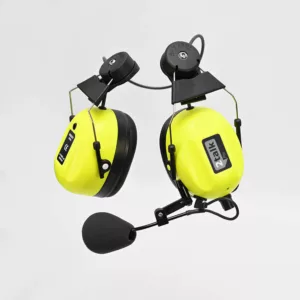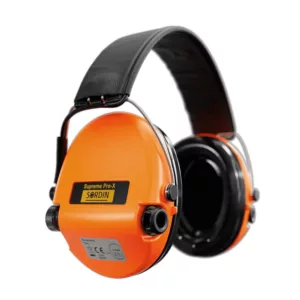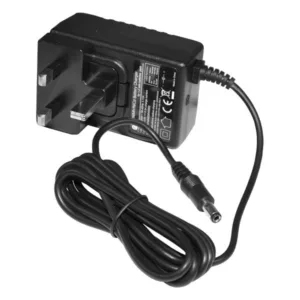In the modern workplace, prioritizing the safety and well-being of employees is of utmost importance. Personal Protective Equipment (PPE) serves as a critical line of defence against potential hazards. Understanding and adhering to PPE regulations is crucial to ensure workplace safety and compliance. This blog post aims to provide a comprehensive overview of PPE regulations, highlighting their significance, key elements, and best practices to create a safe working environment.
What Are PPE Regulations?
To promote safety in the workplace, regulatory bodies around the world have established guidelines and regulations pertaining to the use of Personal Protective Equipment. PPE regulations outline the requirements and standards that employers and employees must follow to minimize the risks associated with various job tasks. These regulations encompass a wide range of industries and cover different types of protective equipment, including head protection, eye and face protection, respiratory protection, and more.
The Importance of PPE Regulations
PPE regulations serve as a crucial framework for ensuring workplace safety. They not only safeguard employees from potential hazards but also promote a culture of safety within organizations. By adhering to PPE regulations, employers demonstrate their commitment to protecting their workforce, minimizing injuries, and maintaining a productive work environment. Moreover, compliance with these regulations helps companies avoid legal repercussions and financial penalties.
Key Elements of PPE Regulations
Understanding the key elements of PPE regulations is essential for both employers and employees. These elements include:
- Hazard Assessment: Conducting a thorough assessment of workplace hazards is the first step in determining the necessary PPE requirements. Identifying potential risks enables employers to select the appropriate protective equipment for specific tasks or job roles.
- PPE Selection: Once hazards are identified, employers should choose suitable PPE that effectively mitigates the identified risks. This involves considering factors such as the type of hazard, level of protection required, comfort, durability, and compatibility with other equipment.
- Training and Instruction: Adequate training and instruction on proper PPE usage are vital to ensure its effectiveness. Employers should provide comprehensive training to employees, covering topics such as proper donning and doffing procedures, maintenance, storage, limitations, and the importance of regular inspections.
- Fit Testing and Evaluation: Certain types of PPE, such as respiratory protection, may require fit testing to ensure a proper seal. Regular evaluation of the effectiveness of PPE is necessary to identify any shortcomings or issues that may arise during use.
Best Practices for PPE Compliance
Achieving and maintaining PPE compliance goes beyond meeting the basic regulatory requirements. Here are some best practices to consider:
- Regular Review and Updates: Stay updated with the latest PPE regulations and industry standards. Regularly review and update your PPE program to align with any changes, ensuring ongoing compliance and optimal protection.
- Employee Engagement: Foster a culture of safety by involving employees in the PPE compliance process. Encourage feedback, provide avenues for reporting concerns, and involve workers in PPE selection to increase their acceptance and adherence.
- Quality Assurance and Maintenance: Regularly inspect and maintain PPE to ensure its functionality. Establish quality assurance procedures and implement a maintenance schedule to detect and address any equipment deficiencies or wear and tear.
Conclusion
Adhering to PPE regulations is vital for maintaining workplace safety and compliance. By understanding the significance of these regulations, knowing the key elements, and implementing best practices, organizations can create a safe working environment, protect their employees, and mitigate potential risks. Prioritizing PPE compliance not only safeguards lives but also contributes to a more productive and thriving workforce.



